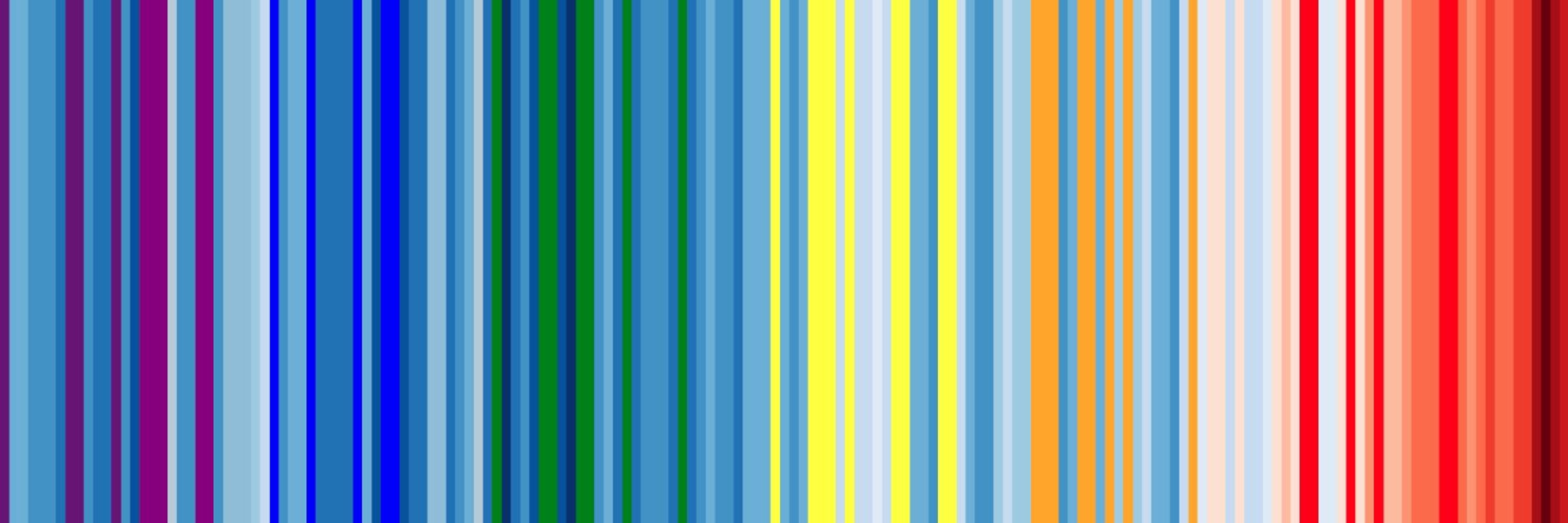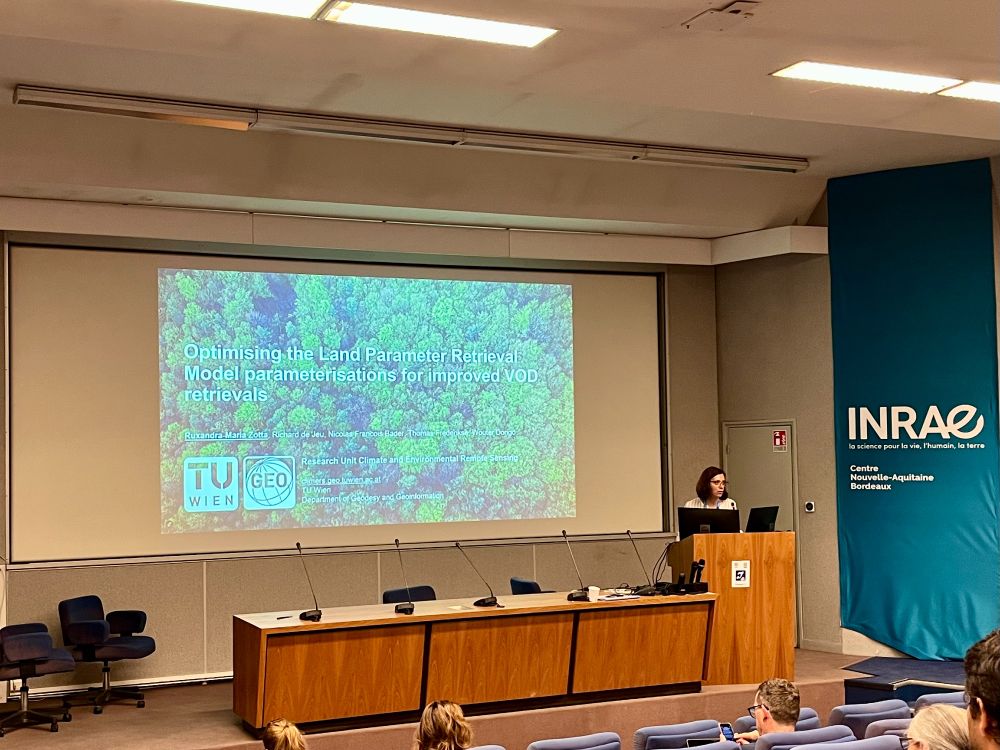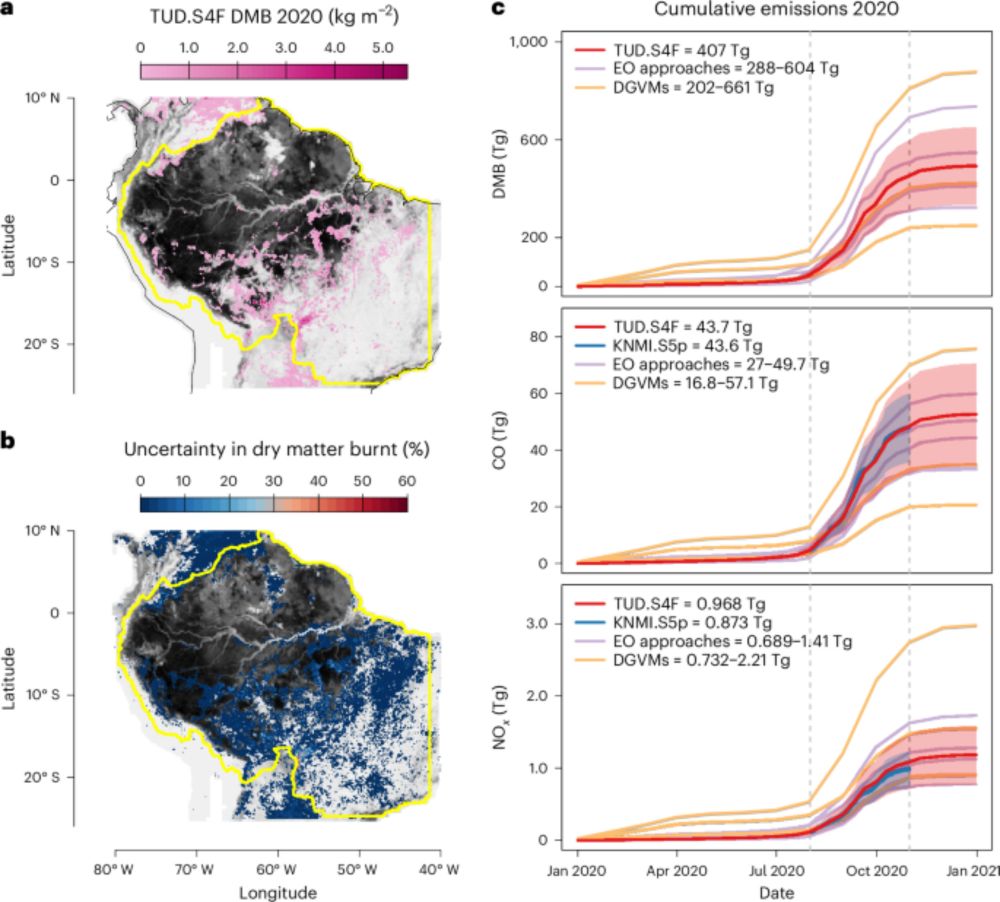Climate and Environmental Remote Sensing @TU Wien GEO
@climers.bsky.social
48 followers
7 following
68 posts
🛰️ Earth observation data and applications for a sustainable future 🌍
🔗 https://www.tuwien.at/en/mg/geo/climers
Posts
Media
Videos
Starter Packs
Reposted by Climate and Environmental Remote Sensing @TU Wien GEO
Reposted by Climate and Environmental Remote Sensing @TU Wien GEO
Wouter Dorigo
@wouterdorigo.bsky.social
· Jan 27
Reposted by Climate and Environmental Remote Sensing @TU Wien GEO






















